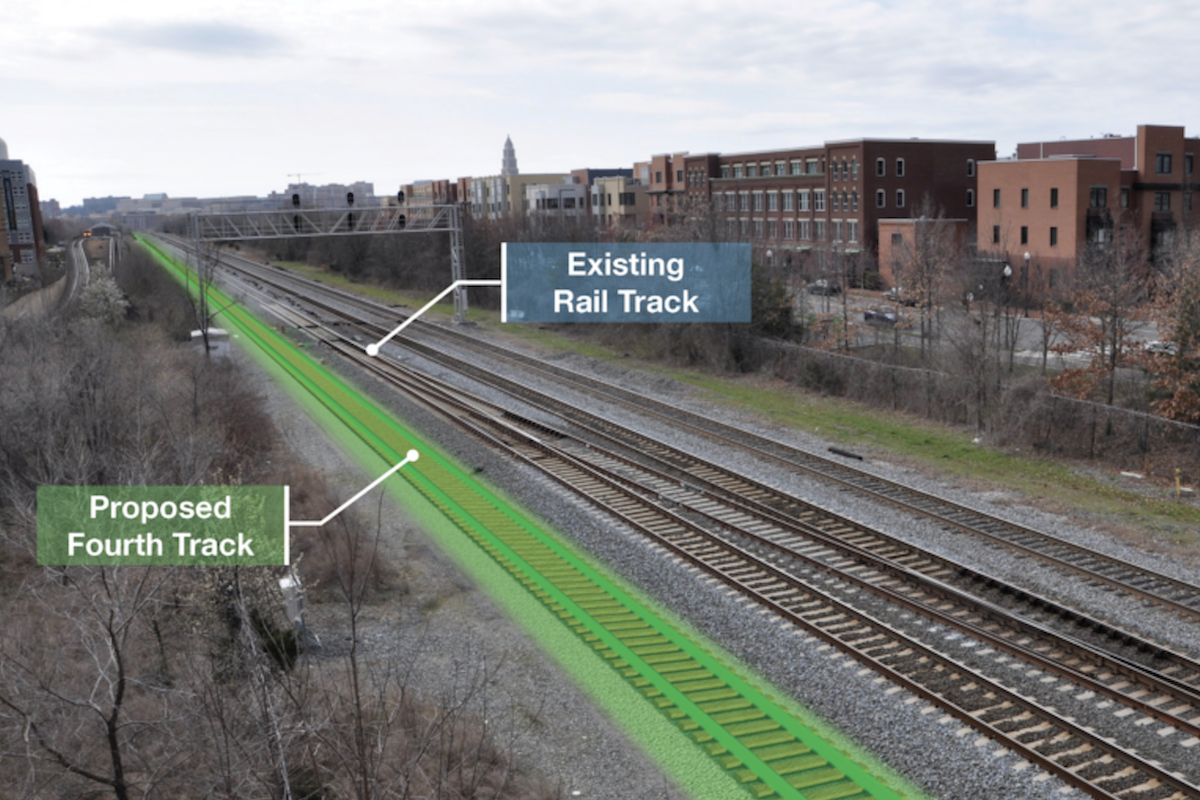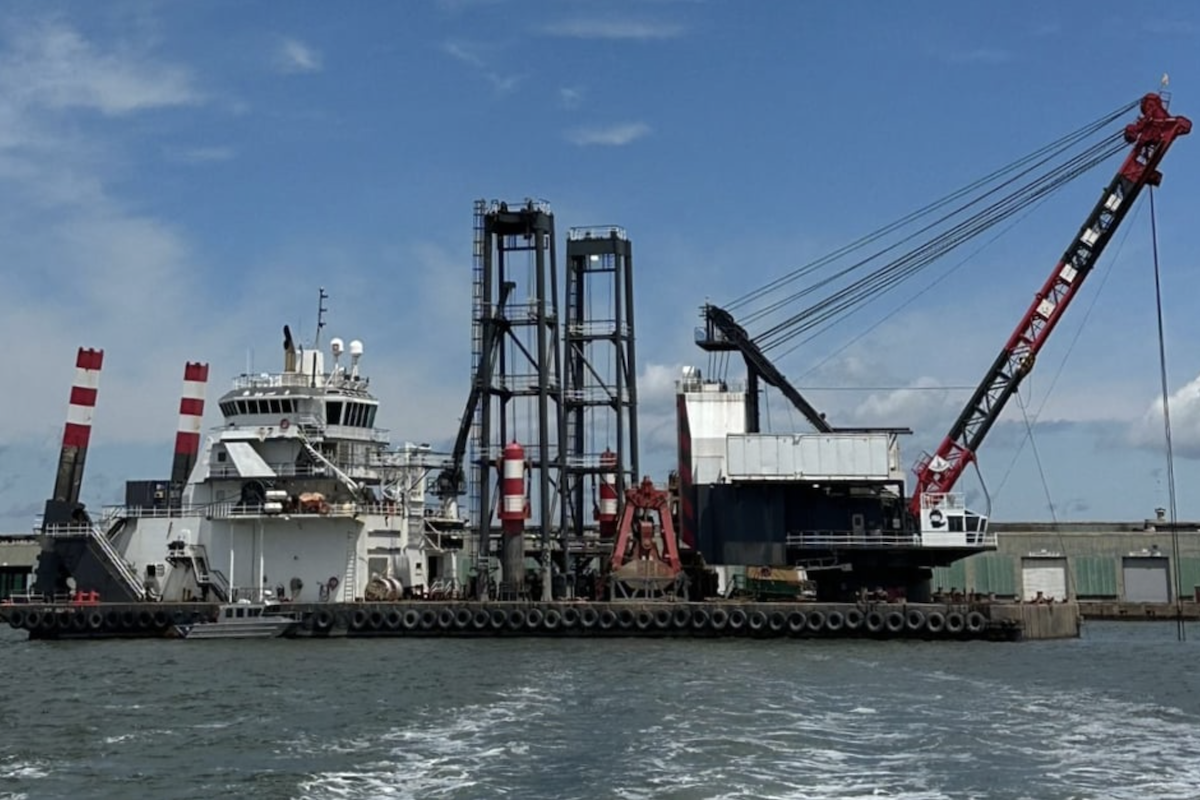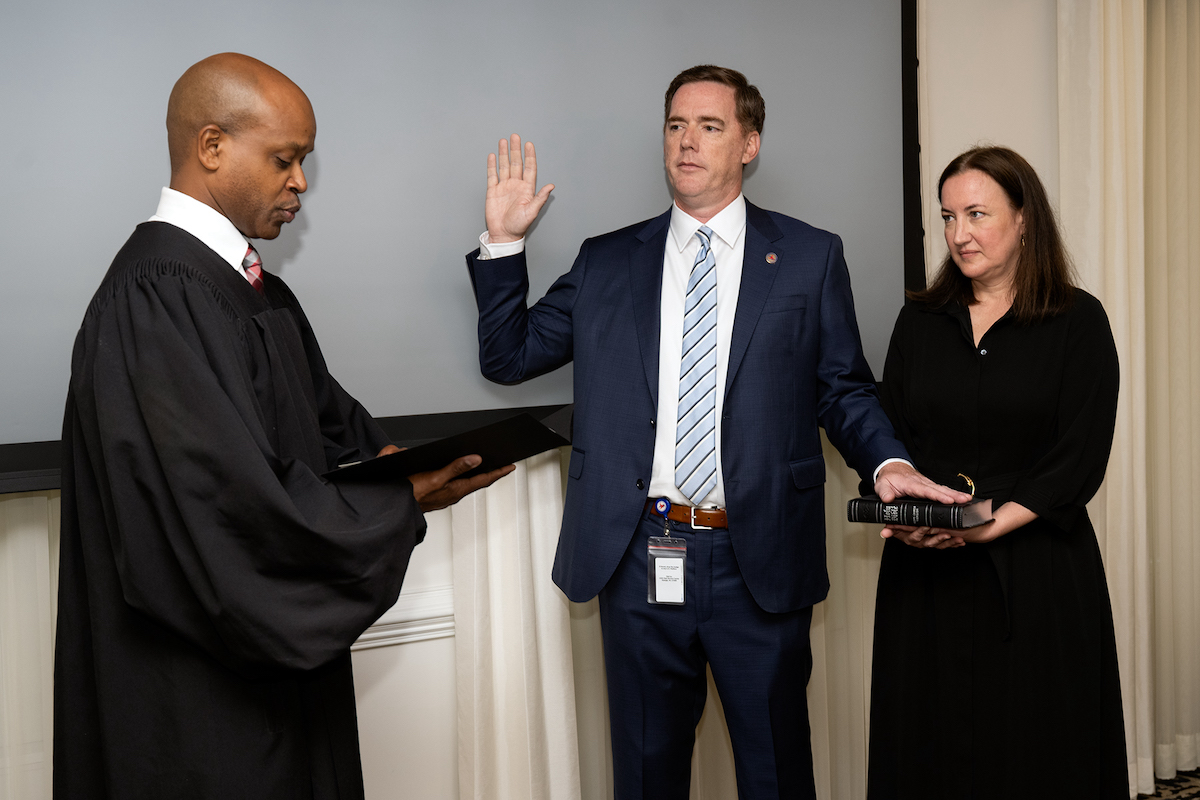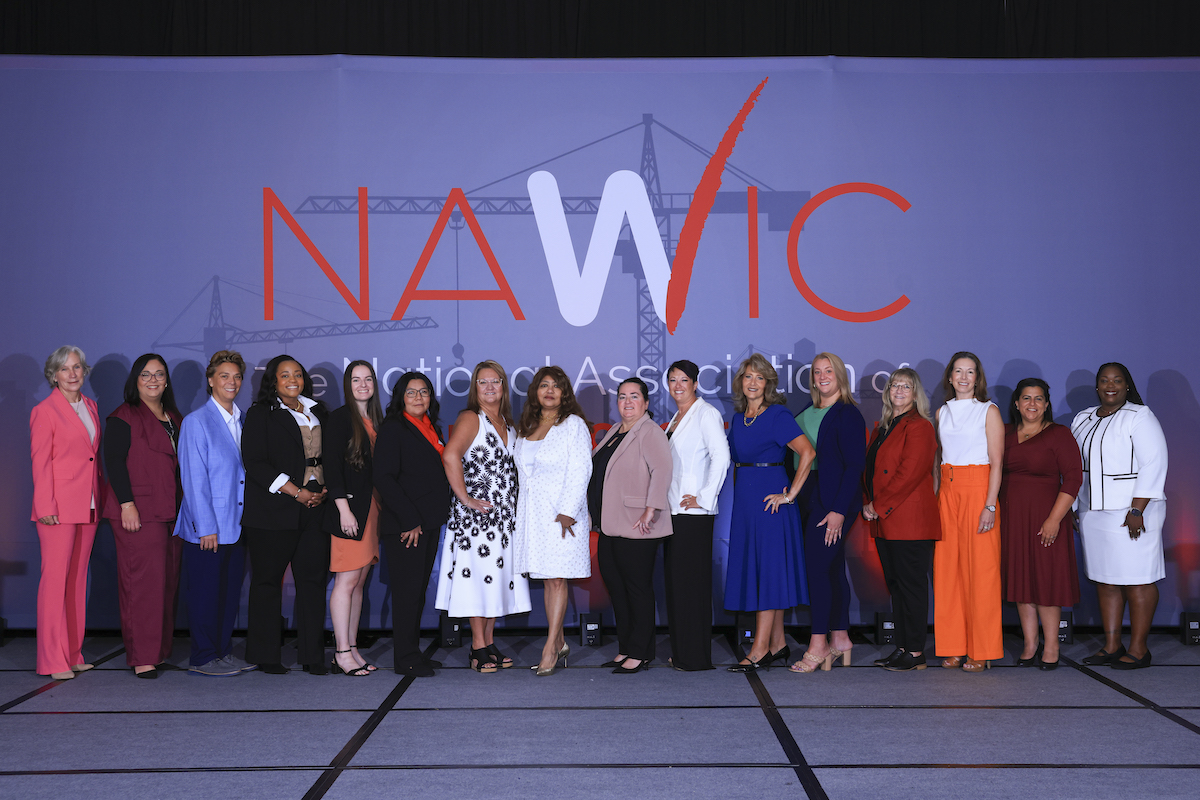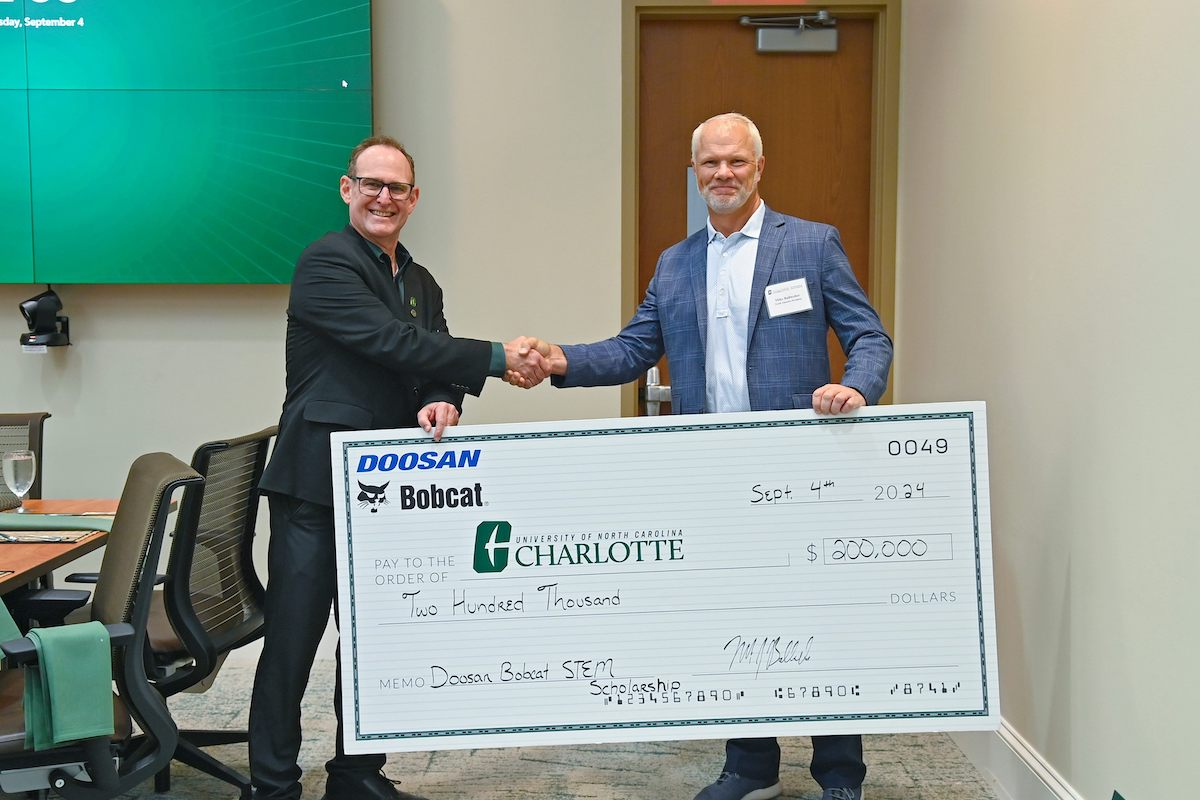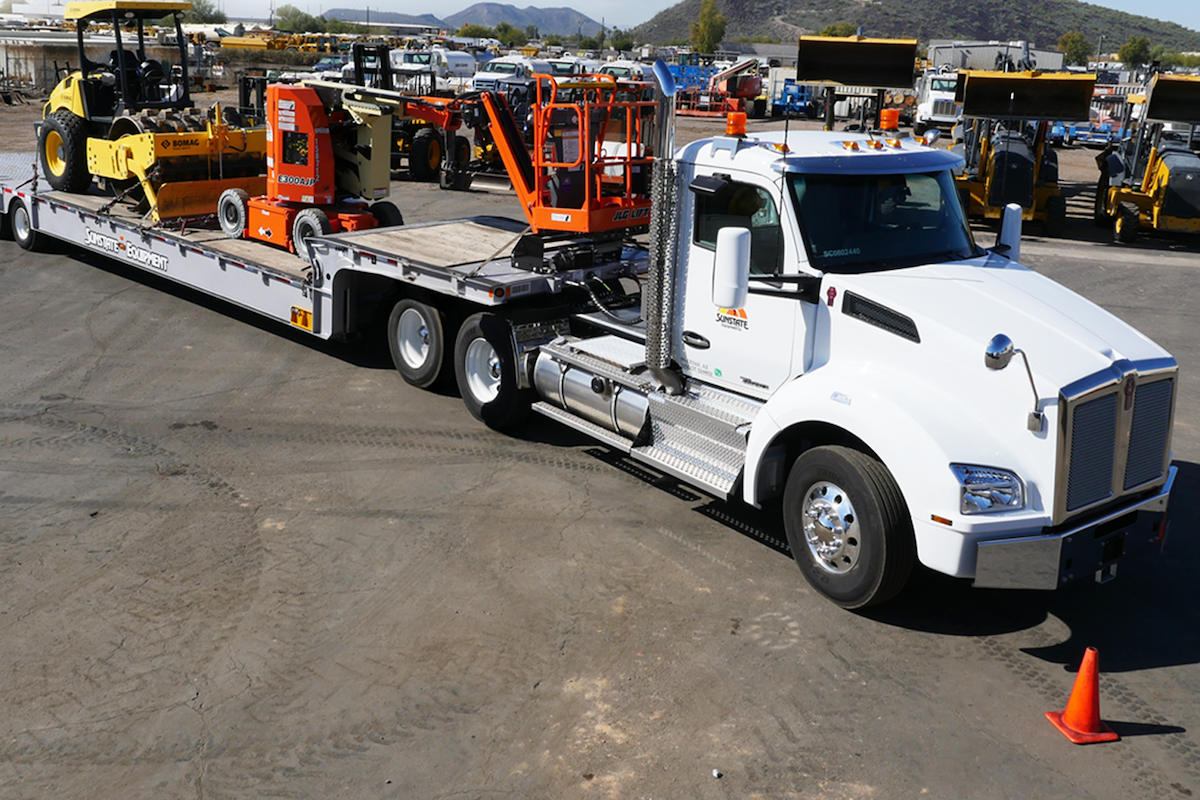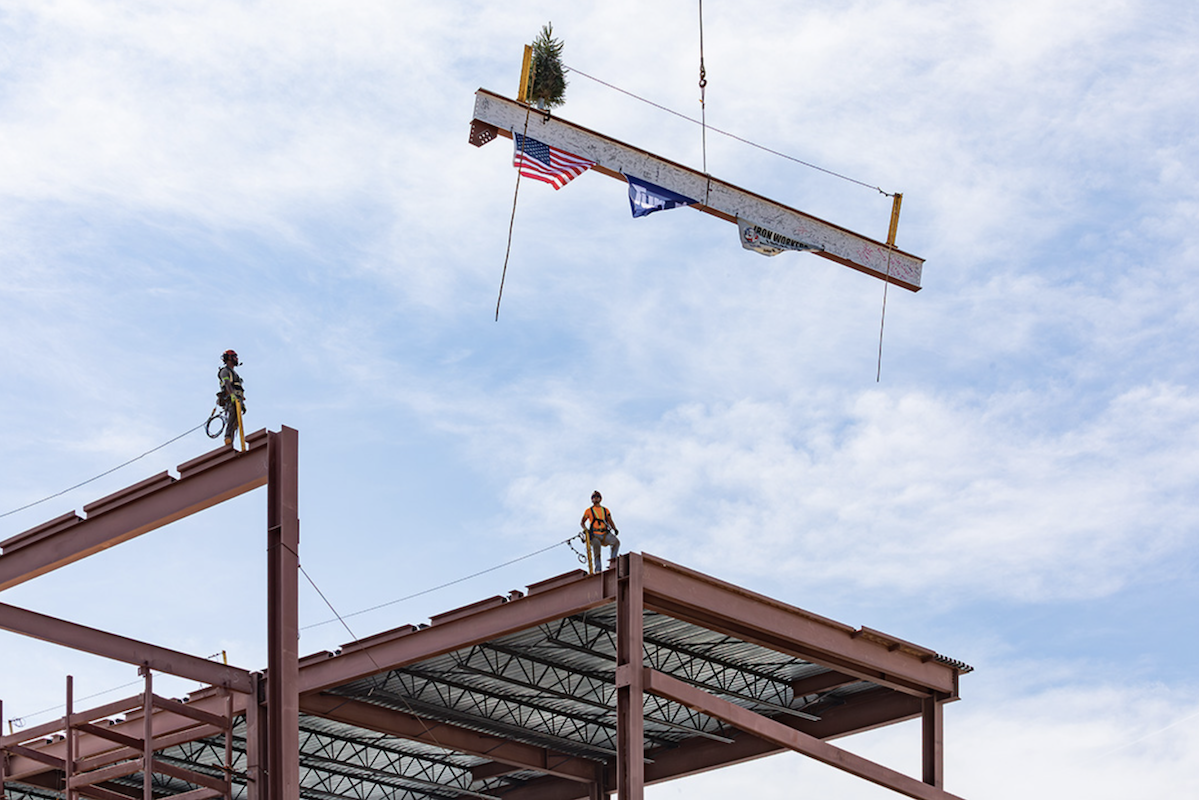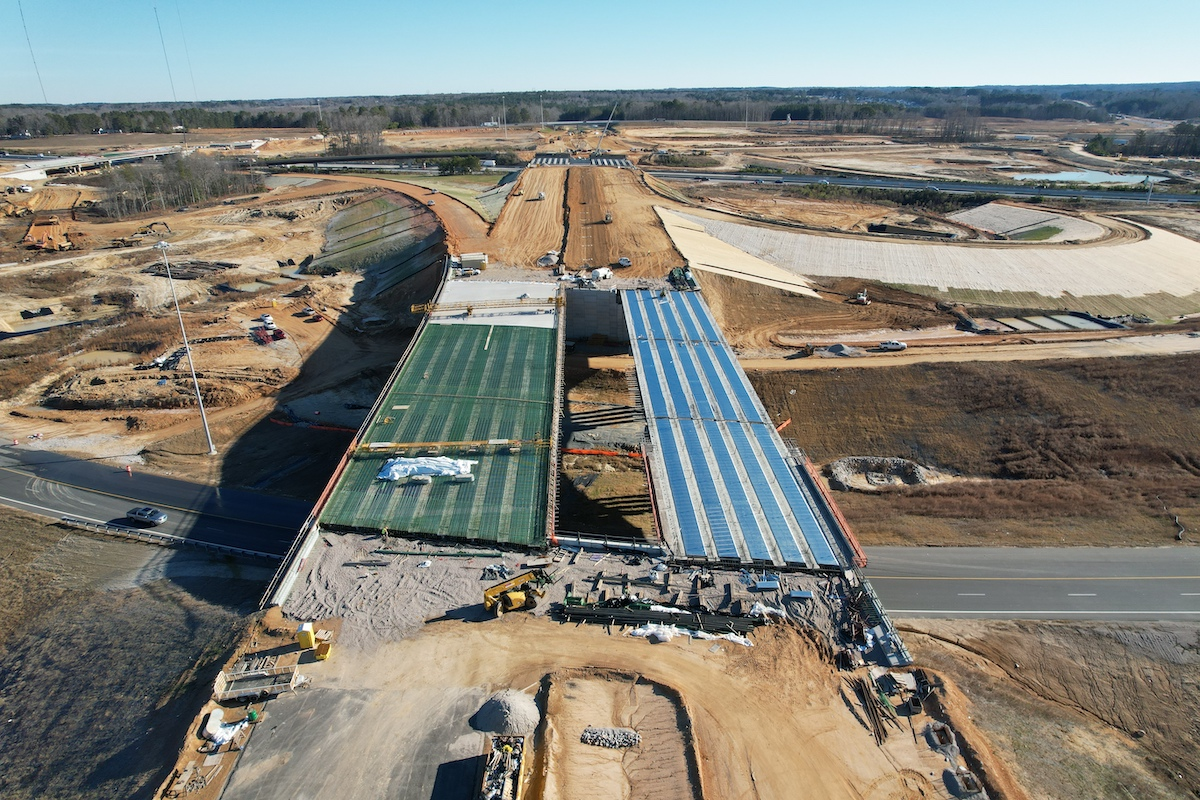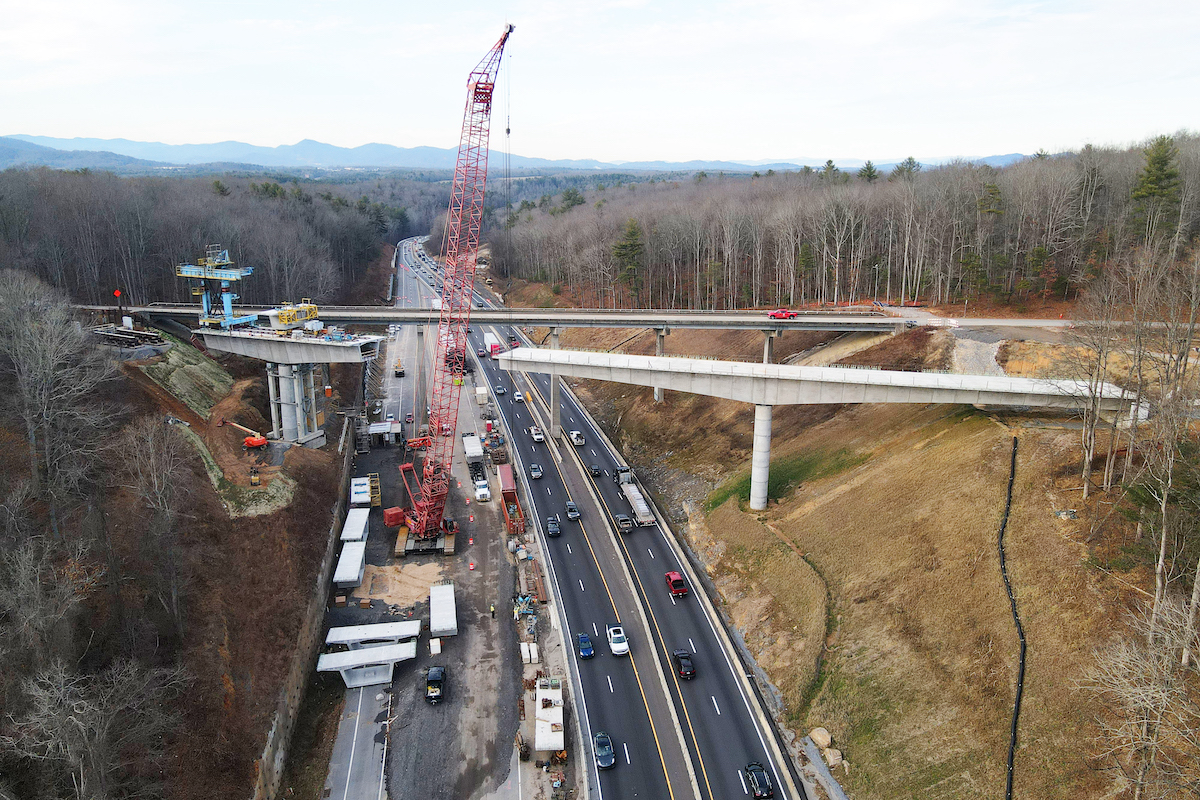“The project will open up traffic from the central part of our state to the eastern part,” says Tommy Collins, Project Manager with the West Virginia Department of Highways (WVDOH). “One of the goals of Corridor H is to get an expressway to Front Royal, Virginia. That opens up West Virginia to shipping yards that go to the port of Norfolk and allows passage of our products to overseas.”
The state began planning for the 143-mile Corridor H during the 1970s. It will connect Interstate 79 at Weston to Interstate 81 near Strasburg, Virginia, which is toward Interstate 66. It is part of the Appalachian Development Highway System. The Appalachian Regional Commission estimates Corridor H will lead to the creation of 47,000 jobs. For every dollar spent on the road, the commission expects a return of $7.10.
Some sections – about 123 miles – have been completed, and now the final legs of the project are coming to fruition.
The project passes through virgin land, much of it mountainous terrain.

| Your local Bomag Americas dealer |
|---|
| Linder Industrial Machinery |
“Corridor H is highly environmentally sensitive,” Collins says. “For any environmental impacts, we are responsible to mitigate those impacts. We’ve spent tens of millions on environmental impacts, creating new wetlands, and enhancing streams.”
The department performed some of the mitigation instead of paying fees to environmental agencies.
The current project, Kearns to Parsons, includes four separate public-private partnerships (P3s). The state legislature allowed P3s in 2008. For the Kearns to Parsons segments, the department will pay the construction firms over time. The road will not be tolled.
Funding for completing the entire Corridor H is covered by federal monies at a rate of $40 million per year. But by using P3 methodology, the department can collect the Federal Highway Administration dollars during the next 10 years to pay for work taking place during four years.
“Initially, it was a way to get the project out the door faster,” Collins says. “At the time, we thought it would be more economical, and the contractor could design to their comfort level and specialty. We were open to that creativity.”

| Your local Volvo Construction Equipment dealer |
|---|
| Richmond Machinery & Equipment |
The 12-mile Kearns to Parsons project has four subprojects, which cost about $650 million. It requires excavating 30 million cubic yards of dirt and building 10 large structures, averaging 1,200 feet per bridge. The project uses both concrete and steel girders.
“It’s very challenging construction,” Collins says. “All of our jobs have blasting. In some scenarios, we are cutting as much as 200 feet of excavation in any cut. There is a lot of dirt moving and reshaping to get the road to where it needs to be.”
The scope of work includes clearing 450 acres; significant rock blasting; about 12-million cubic yards of heavy earthwork; building a concrete box underpass and five plate-girder bridges, ranging from 550 feet long to up to 1,200 feet long and up to 250 feet tall; constructing 2.5 miles of side road access and forest trail head parking areas.
“The effort the project has required has been a big one,” says Dave Mattson, Senior Area Manager for Kokosing. “A whole lot of things have made it interesting in the years we have been there.”
About 60 percent of the work passes within the Monongahela National Forest. The project design followed the preferred alignment provided by the WVDOH and was respectful of environmentally sensitive areas in the forest.

| Your local Topcon Positioning Systems Inc dealer |
|---|
| Linder Industrial Machinery |
“The national forest has been a challenge to get through,” Collins says. “When the road opens it will open the area to tourists to the forest. It’s a beautiful area.”
Kokosing also received the $176 million second contract for the 3.8-mile section from the U.S. 219 Connector to WV 72, which includes relocating WV 72. ELR was again selected by Kokosing to be the designer on the project. The work includes building three large sets of bridges spanning Goodwin Run, Smokey Hollow, and WV Route 72 and an equestrian bridge at Shingle Tree Trail in the Monongahela National Forest.
“The players are the same for both jobs, and that has helped,” Mattson says. “The similarity has been beneficial.”
Kokosing had to ensure it had the people, equipment and materials needed to take on the large projects.
“The quality of the team Kokosing assembled to build these projects has been outstanding,” adds Sharkins, who praised the collaboration among the owner, the company home office, field personnel, stakeholders, and others to come up with different ways to solve problems.

| Your local Trimble Construction Division dealer |
|---|
| SITECH Mid-South |
“Access on the project was very challenging,” Mattson says. “There are few crossing roads and access points. It has made getting into the work difficult at times. It took a lot of planning and effort to get where the bridges, culverts, and excavation were located.”
The contractor built some temporary roads to get resources where needed. It approached the job by breaking it into small parts, starting at the bottom and building up, and constructing one component at a time, which ultimately became large bridges and long culverts.
Subcontractor American Bridge of Coraopolis, Pennsylvania, reported the bridge structures included “one three-span continuous, straight bridge; one three-span continuous skewed support bridge; two three-span continuous curved girder bridges; and one five-span continuous bridge structure.”
The bridge foundations are either drilled shafts or driven piling.
The project will consume 40,000 linear feet of pipe, 6 million pounds of rebar, 16 million pounds of structural steel, 30,000 cubic yards of concrete and 24,000 linear feet of piling.

| Your local Komatsu America Corp dealer |
|---|
| Linder Industrial Machinery |
Most of the bridges are over small streams and larger rivers. They were designed to minimize the amount of excavation necessary to build the road.
“In some places instead of placing fills in valleys, we are putting in large bridges across small streams,” Collins explains.
Completion is expected in fall of 2023.
“The effort put in by everybody to get the thing built and built right is very fulfilling,” Mattson concludes.
The next Kearns to Parsons project includes the $148 million, 3,300-foot Cheat River Bridge project, awarded in 2022 to Triton Construction of St. Albans, West Virginia. This four-lane structure will connect Corridor H between Kerens and Parsons with the section between Parsons and Davis.

| Your local Wirtgen America dealer |
|---|
| Dobbs Equipment (SC) |
The department expects to award the last 4-mile-long section of Kerens to Parsons this month. WVDOH plans to contract the 10-mile Parsons to Davis segment as a design-bid-build job. This section will be awarded in May 2024.
The section from Davis to Wardensville is complete and open to traffic. The final project will extend Corridor H to the Virginia line. Corridor H should be complete in 2030.
“West Virginia has an aggressive schedule to complete Corridor H,” Collins says. “We are ready to build it and open up the state.”
Photos courtesy of the West Virginia Department of Highways






















